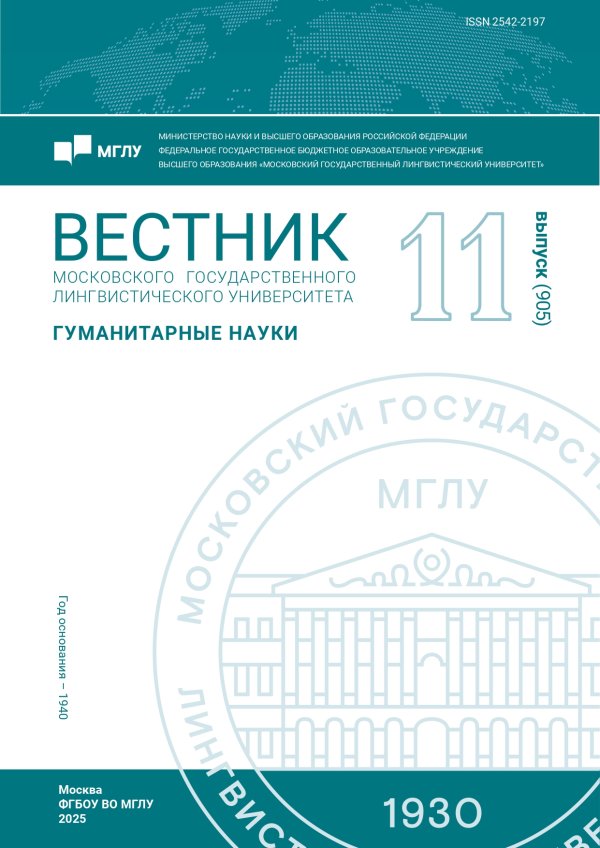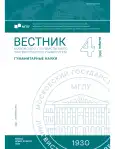Синтаксический аспект коммуникации Веб 2.0
- Авторы: Ванько Т.Р.1
-
Учреждения:
- Московский государственный лингвистический университет
- Выпуск: № 4(898) (2025)
- Страницы: 26-32
- Раздел: Языкознание
- URL: https://ogarev-online.ru/2542-2197/article/view/291857
- ID: 291857
Цитировать
Полный текст
Аннотация
Целью работы является описание синтаксиса цифровой коммуникации Веб 2.0, допускающей сосуществование двух типов контента: адаптированного традиционного и пользовательского. Актуальность исследования определяется недостаточной изученностью их синтаксических характеристик, а новизна обусловлена выбранным вектором сопоставительного анализа синтаксических параметров и синтаксических средств реализации субъективно-модального потенциала пользовательского контента и его традиционного аналога на материале профессиональных и любительских кинорецензий. Результаты исследования свидетельствуют о тенденции к сближению синтаксических черт адаптированного и пользовательского контента коммуникации Веб 2.0.
Об авторах
Татьяна Ростиславовна Ванько
Московский государственный лингвистический университет
Автор, ответственный за переписку.
Email: bestgrammar@yandex.ru
кандидат филологических наук, доцент кафедры грамматики и истории английского языка факультета английского языка
РоссияСписок литературы
- Herring S. Discourse in Web 2.0: Familiar, Reconfigured, and Emergent // Discourse 2.0. Language and New Media. 2013. С. 1–27.
- Горошко Е. И. Текст эпохи Веб 2.0: психолингвистический анализ // Вопросы психолингвистики. 2009. № 9. С. 267–280.
- Tannen D. The Medium is the Metamessage: Conversational Style in New Media Interaction // Discourse 2.0. Language and New Media. 2013. PP. 99–117.
- Клушина Н. И. О дигитализации языка // Филологические беседы. Русская речь. 2018. Вып. 6. С. 52–56.
- Ванько Т. Р. Синтаксис «digital native media» // Вестник Московского государственного лингвистического университета. Гуманитарные науки. Вып. 3 (858). 2022. С. 16–22.
- Трофимова Г. Н., Барабаш В. В. Языковое послевкусие интернет-эпохи в России: эффект бумеранга (актуальные процессы в русскоязычной цифровой медиакоммуникации). М.: РУДН, 2020.
- Шкайдерова Т. В. Адаптация кинорецензии к новым медиа условиям // Коммуникативные исследования. 2014. № 2. С. 141–145.
- Турко У. И. Смайлик, эмотикон и эмодзи как невербальные средства общения в интернет-коммуникации //Филологические науки. Вопросы теории и практики. 2024. Том 17. Вып. 9. С. 3005–3011.
Дополнительные файлы











